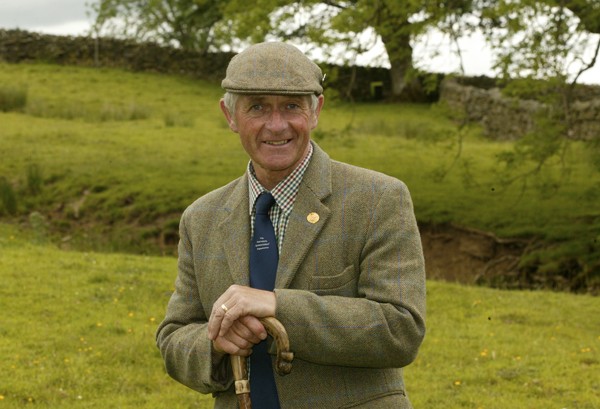Upland Keeper

Their job done for another season, the Larsen traps are stored safely back inside, alongside their larger cousins, the letter-box cages. The season is ticking by, and as one thing ends another begins as keepers make ready for the coming shooting season.
It may seem in undue haste to be thinking of such things, but even though many clutches have not yet hatched we must work on the assumption that all will be well and we must be prepared. Whether we will have much of a season remains to be seen. It is, I feel, teetering on the brink, as days of unrelenting rain and bitterly low temperatures must have had some effect on the chicks that have already hatched.
The high stocks of grouse being carried on many moors this year may, in the end, not be a bad thing. If some fail, many others may manage to produce a brood of some description and keep the numbers up.
Winter wear and tear
The ravages of winter, though, have had an impact on the usual culprits ? stretches of road have been washed out where a drain was blocked by hard-packed snow or a piece of turf washed down in a previous flood. Either way, it does not matter much what blocked it, the water then pours over on to the road and away goes 50 yards or so of track. Repeat that a few times, and yet another road of repair material is required on top of the usual hundred tons or so. The potholes are rather like the ones in the public roads, except we do fill ours. And, just like public roads, the fillings wash out again if they do not get compacted enough before the next deluge.
Drainage is the most important item in any road system. A good set-up makes the road virtually maintenance-free, whereas a bad one means the repairs are almost endless. Even as I write this one of the lads is working with a small machine, cleaning out a length of drain. Given the weather, there is little else we can do, as there is no point venturing out on the moor in these conditions. Any brood, or nest, from which a hen is flushed, would be doomed very quickly in these single-figure temperatures.
Rebuilding the butts
The butts which so many gain pleasure and shelter from during the shooting season are not immune to wear and tear either, as stone butts built on deep peat tend to move over a period of time. The walls deteriorate and start to come apart, eventually falling down. It may take 50 years for this process to happen, but that matters little if it does happen during your occupancy of the hot seat. We have at least a couple which will require a rebuild this time. It is not an easy task, as there are a few tons of stone in a round butt, and hen this weight is applied to a soft material such as peat, it is sometimes difficult to get a sound foundation, and as any builder will tell you, that is the most important part of the job.
We have a new row of butts to construct this time ? a real bonus as the land is in the process of recovering from years of overgrazing, and the heather has reached the stage where we now hope to have a good shootable stock of grouse. As the moor is a Site of Special Scientific Interest, we require permission from Natural England before we build, but given the site for the row I doubt if there will be any problems. We will construct these out of wood as the land is wet and stone is not really a suitable option, but it will give us another choice when it comes to which drives to do.
Upland birds not breeding
For those of you with an interest in the upland bird life, the news is not good. Since our summer, which we had in March, it has been grim. So grim, in fact, it would appear that many of our birds have not even tried to get on with breeding at all. I have a pretty compact flowering currant close by the house and over the past four evenings we have had a communal roost of pied wagtails, consisting of some 20 birds. I have never seen this before up here and it just shows how late many of these visitors are in making their plans to breed. On the lower ground at Raby, there are also large numbers of wheatears, and they should be up here on the hill by now. Given that things were so early a few weeks ago, I would say that now they are a little later than usual.
It certainly has been very poor for the migrants so far and if it carries on in the same vein for a few more weeks it will prove something of a real killer for many. It?s been an odd year already, and there is still such a long way to go!








